
Electric Bike Range Explained: Tips for Longer Rides
Electric bike range is one of the most important factors to consider before hitting the road. Knowing how far your e-bike can go on a single charge helps you plan your rides and avoid unexpected stops.
Several things affect electric bike range, from battery size to riding style. Understanding these factors can help you get the most out of every charge.
In this guide, we’ll explain what impacts your e-bike’s range and share simple tips to help you ride further and enjoy longer journeys.
Looking for a reliable ride to work? Explore our range of electric commuter bikes designed for comfort and efficiency.
What Determines Electric Bike Range?

Several big factors decide how far your electric bike will go on one charge. Battery capacity comes first, but motor efficiency and riding conditions matter a lot too.
Battery Capacity and Type
Your battery’s capacity is the main thing that sets your range. It’s measured in watt-hours (Wh), which tells you how much energy it stores.
A 500Wh battery might get you 30-50 miles, while a 720Wh battery could offer 40-60 miles. The really big batteries—1000Wh or more—can sometimes reach 60-100 miles if everything’s just right.
Common Battery Capacities:
- Entry-level: 300-400Wh (20-30 miles)
- Mid-range: 500-600Wh (30-45 miles)
- High-capacity: 700-800Wh (45-65 miles)
- Premium: 900Wh+ (60-100 miles)
Battery efficiency isn’t always consistent. Lithium-ion batteries lose some punch in cold weather, especially below 0°C, which can cut your range by 15-20%.
As batteries age, they don’t hold as much charge. After a couple of years, most are down to about 80% of their original capacity.
Motor Power and Efficiency
Motor type and efficiency play a big role in battery use per mile. Mid-drive motors usually win out over hub motors for efficiency, especially on hills.
Mid-drive motors use your bike’s gears, so they’re 10-15% more efficient than hub motors and need less power when climbing. That gearing makes a real difference.
Hub motors send power straight to the wheel. They’re simpler, but they eat up more battery on steep ground. They’re best for flatter routes.
Motor power ratings:
- 250W: UK legal, ideal for flat rides
- 500W: Handles hills better (not road legal everywhere)
- 750W+: Lots of power, shorter range
More powerful motors accelerate faster but drain the battery quicker. For example, a 750W motor can use twice as much battery as a 250W one if you’re always on full assist.
Rider Weight and Terrain
Your weight and the ground you cover both impact battery use. Heavier riders need more help from the motor, which means less range.
Weight impact on range:
- 60kg rider: Baseline
- 80kg rider: 10-15% less
- 100kg rider: 20-25% less
- Extra cargo: Another 5-10% per 10kg
Terrain effects:
- Flat: Best range
- Rolling hills: 20-30% less
- Steep climbs: 40-50% less
- Headwinds: 10-20% less
Tyre pressure matters too. Under-inflated tyres make your bike harder to move, so keep them at the recommended pressure for the best results.
Stop-and-go riding uses more battery than cruising steadily. If you’re always accelerating from lights, expect to use more power than if you ride at a consistent pace.
Need a compact option for easy storage? Check out our folding eBikes perfect for city life and travel.
How Riding Habits Affect Electric Bike Range

The way you ride has a huge effect on how far your e-bike will go. How you use pedal assist, manage your speed, and handle weather can swing your range by as much as 50%.
Speed and Acceleration
Keeping a steady speed between 15 and 20 mph usually gets you the most range. Once you go above 20 mph, wind resistance ramps up and your motor has to work much harder.
Smooth, gradual acceleration saves battery. Fast starts from stops use a lot more energy than easing up to speed. If you’re always sprinting away from lights, you’ll notice your range dropping.
Consistent riders who avoid lots of stop-start can get 20-30% better range than those who ride aggressively. It’s not just about speed, but how you handle the ride overall.
Rolling resistance also goes up as you ride faster. At higher speeds, your tyres create more drag, so your motor has to push harder to keep you moving.
Weather Conditions and Wind Resistance
Headwinds can chop your range by 15-25%. When you’re riding into the wind, your motor compensates for the extra effort, which drains the battery. Tailwinds, on the other hand, can help you go farther.
Cold weather isn’t great for batteries. When it drops below 10°C, lithium-ion batteries can lose 10-20% of their capacity, so don’t be surprised if you don’t get as far in winter.
Wet roads create more rolling resistance, so your tyres and bike parts have to work harder. That means the motor draws more power.
Wind resistance really kicks in above 15 mph. At 25 mph, around 80% of your energy goes into pushing through the air. That’s a big reason to stick to moderate speeds, especially if it’s windy.
Hot weather over 30°C can affect battery efficiency a bit, but not as much as cold does.
Tips to Maximise Your Electric Bike Range
If you want to get more miles out of every charge, focus on smart charging, efficient riding, and keeping your bike in good shape. These tweaks can add some real distance to your rides.
Proper Battery Care and Charging
Always set out with a full battery if you can. That’s the easiest way to make sure you get the most range.
Make it a habit to charge after every ride. Set a reminder if you tend to forget—most batteries need 4-6 hours to fully charge.
Keep your battery warm in winter. Cold cuts battery performance by up to 20%. If you’re riding in the cold, store your battery indoors overnight.
Think about charging at work or along your route if you’re going far. Carry a charger or leave a spare at your destination. Even a quick top-up can make a difference.
Swap batteries when they drop below 80% capacity. Old batteries just don’t hold up. Keep your original as a backup for longer trips if you can.
Efficient Riding Techniques
Stick to lower assist levels when it makes sense. High assist is tempting, but it drains your battery fast. Save it for hills or when you really need it.
Pedal more to help your motor out. The more effort you put in, the less the battery has to do, especially when starting or climbing.
Ride at moderate speeds. Going flat out all the time eats up your range, so take it easy if you want to go further.
If you have a throttle, use it sparingly. Throttle mode draws more power than pedal assist. Mixing the two can help balance things out.
Plan routes to avoid steep climbs when possible. Flat terrain is always easier on your battery.
Regular Maintenance and Tyre Pressure
Check tyre pressure once a week. Well-inflated tyres roll easier and help you go further. Low pressure can cut your range by 10-15%.
Look for the recommended pressure on your tyre’s sidewall. Aim for the higher end for efficiency, but don’t go over the limit.
Keep your chain clean and lubricated. Less friction means easier pedalling and less work for your motor.
Make sure your brakes aren’t rubbing. That constant drag will sap your battery much faster than you’d expect.
Clean your bike regularly to keep dirt from building up. A clean bike just runs better and uses less energy.
Want convenience on the go? Discover our electric bikes with removable battery for easy charging anytime, anywhere.
Conclusion: Electric Bike Range
Understanding electric bike range helps you plan your rides and get the most from every charge. By considering factors like battery size, riding style, and terrain, you can enjoy longer journeys with confidence.
Proper battery care and efficient riding habits make a big difference in extending your e-bike’s range.
Want to keep your battery in top shape? Check out our guide on how to reset e-bike battery for simple tips and tricks.
Frequently Asked Questions: Electric Bike Range
What is the range on an electric bike?
Range depends mainly on battery capacity, usually between 20-60 miles per charge. Smaller batteries get 20-30 miles, while bigger ones reach 50-60 miles or more. Hills, wind, and rider weight reduce range, so using lower assist modes helps extend it.
What is the maximum distance for an electric bike?
Top e-bikes with large batteries can go 60-80 miles, sometimes over 100 miles with extra-large packs. Riding style and terrain greatly affect range, with flat routes and low assist boosting distance. Batteries lose capacity over time but still perform well for 500-1000 charge cycles.
How long will my eBike battery last?
Most e-bike batteries last 3 to 5 years or 500-1000 charge cycles. Charging between 20% and 80% and storing in cool, dry places helps extend battery life. Avoid fully draining the battery regularly to prevent faster wear.
Do eBikes charge when you pedal?
Most e-bikes don’t charge while pedalling; they assist your effort instead. Some have regenerative braking that recovers small energy amounts when slowing down. This adds only about 5-10% extra range and isn’t enough to recharge the battery fully.
The Latest Posts
Explore isinwheel products
City E Scooter | Off-Road Scooter
Fastest Scooter | Kids Scooters
electric bike range ·




















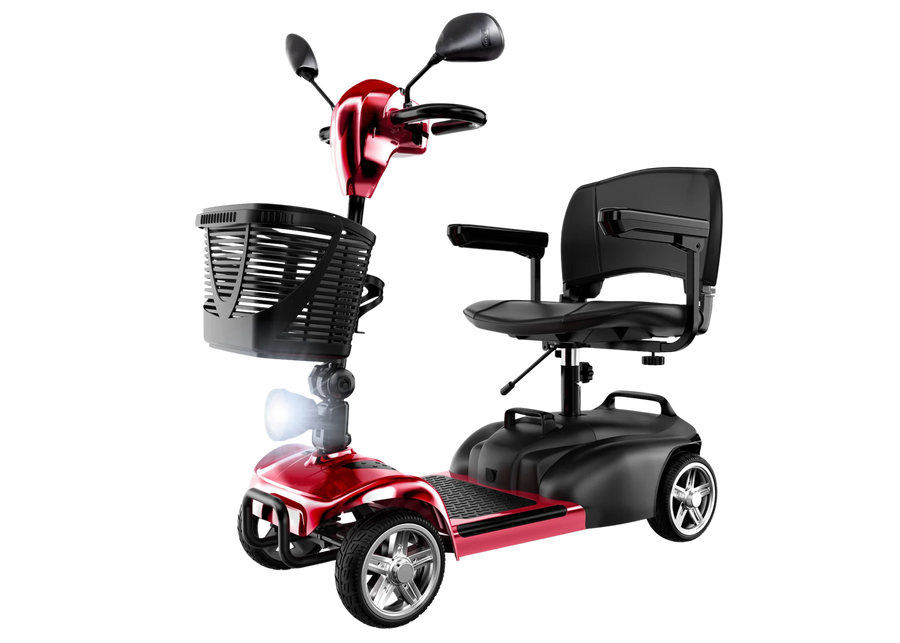




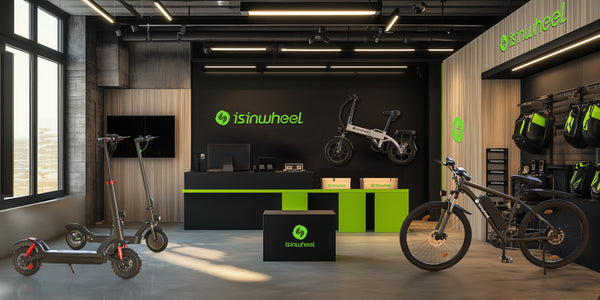
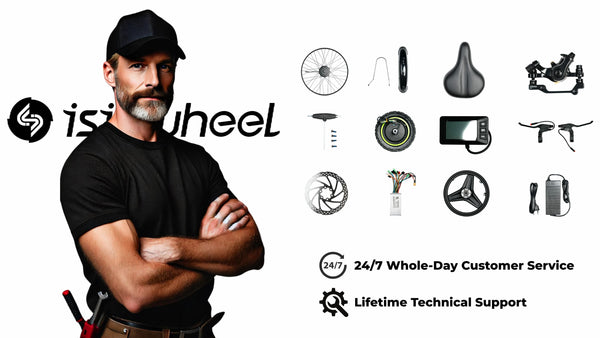
















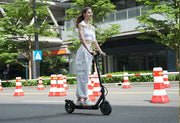
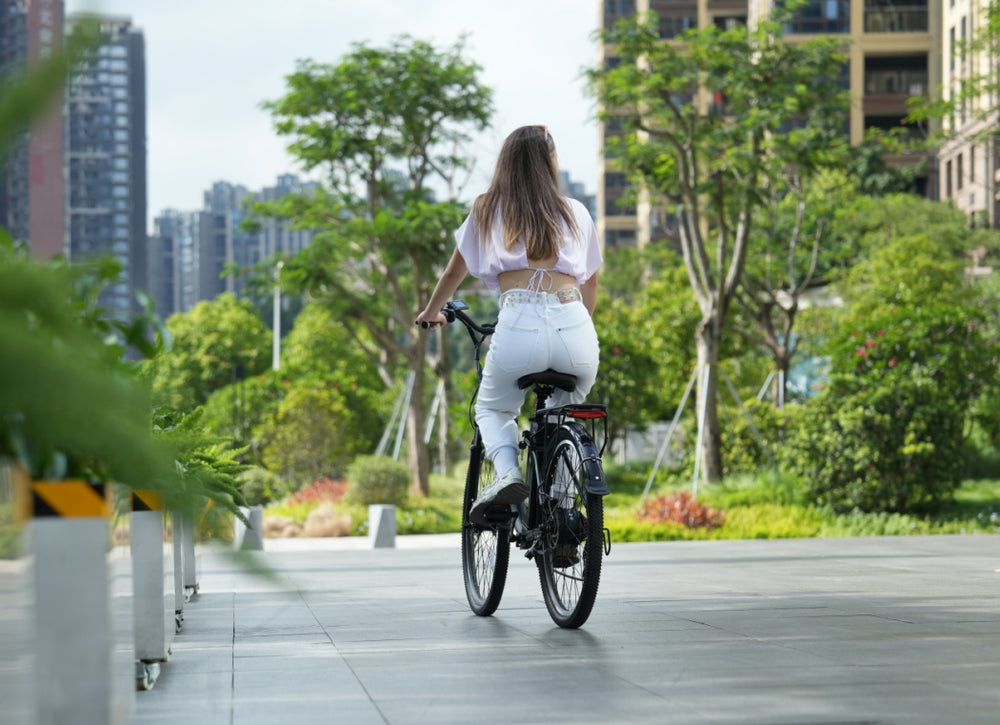
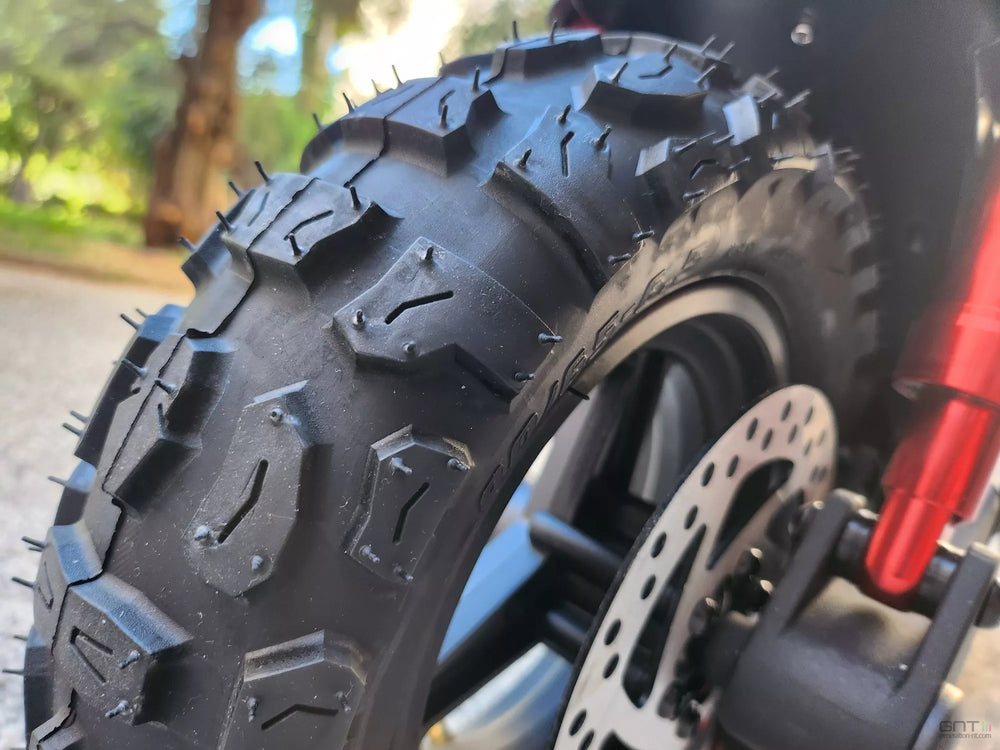
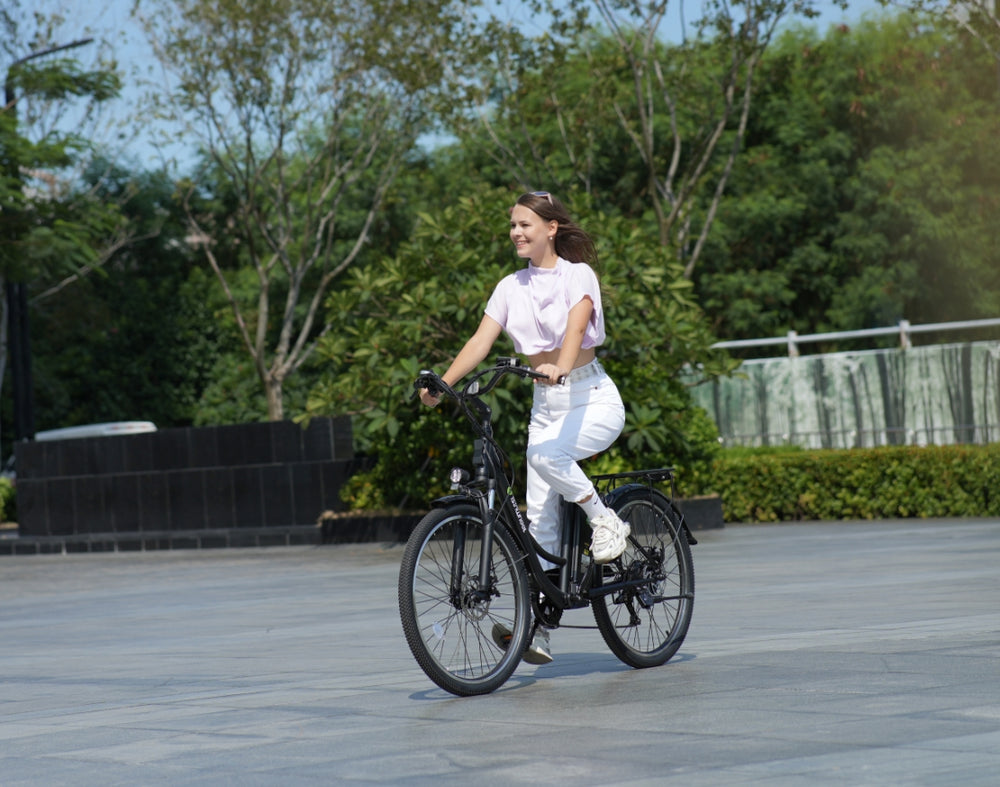
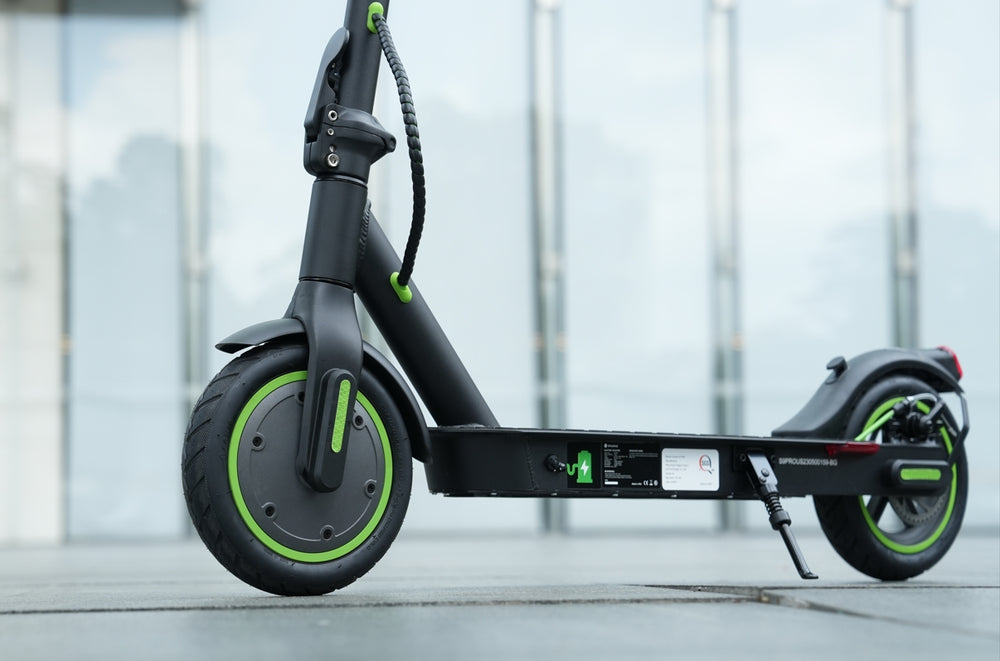
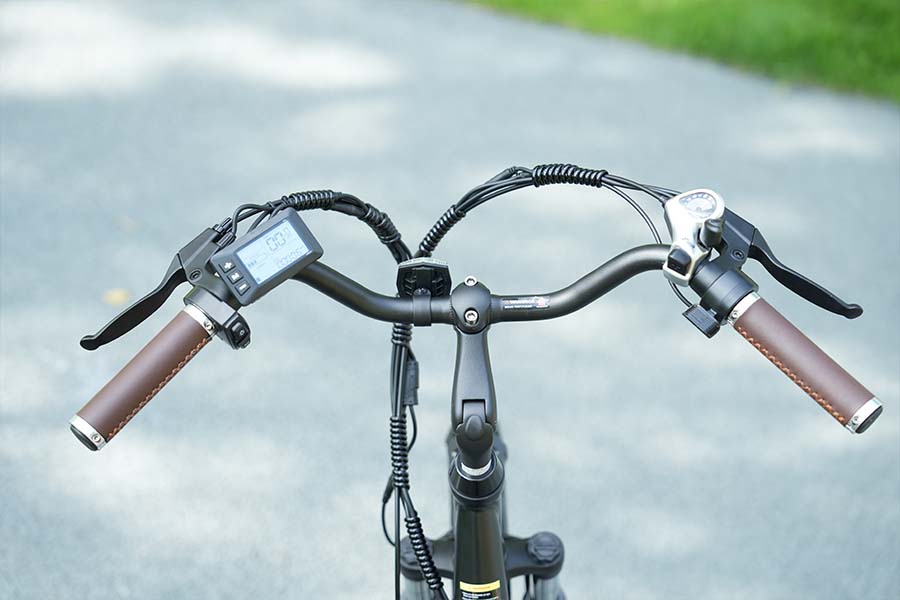
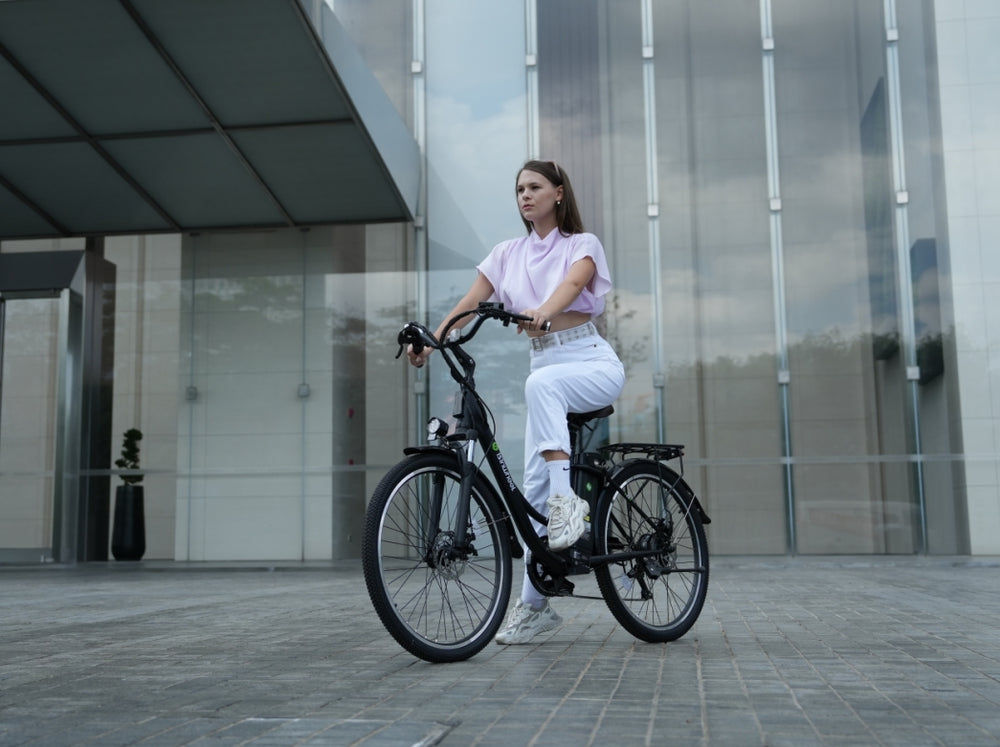
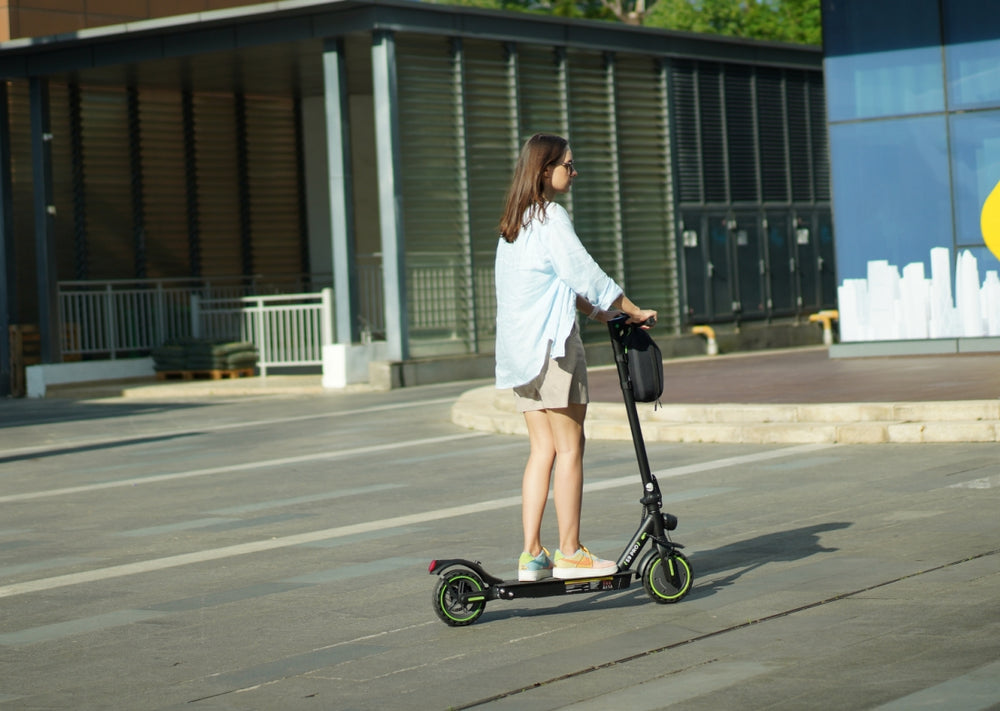
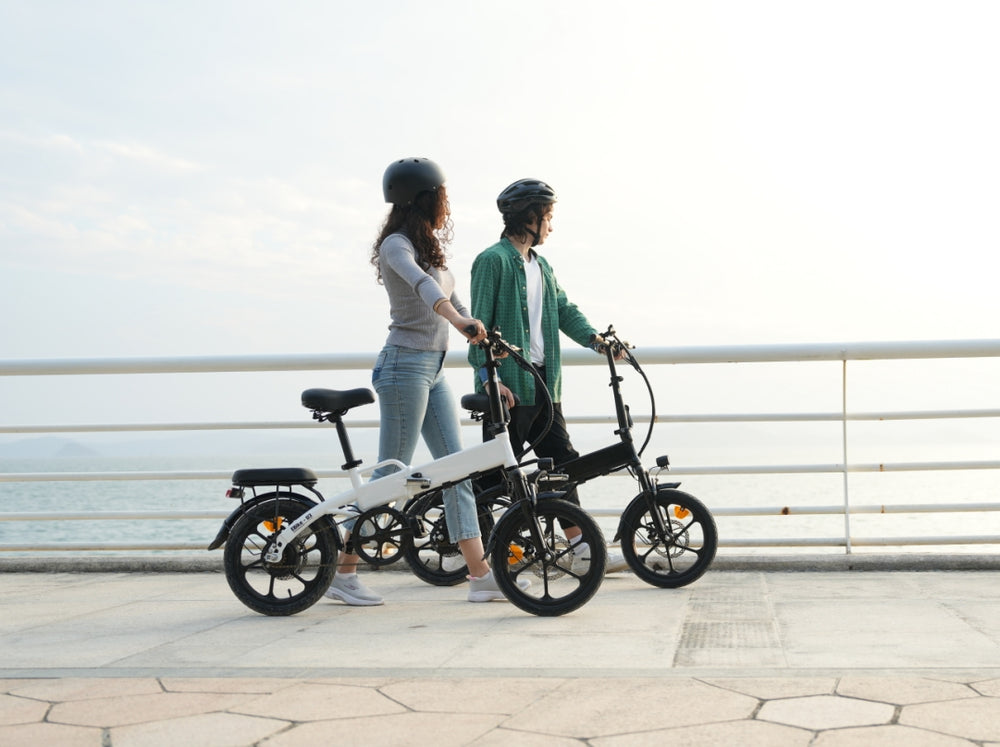
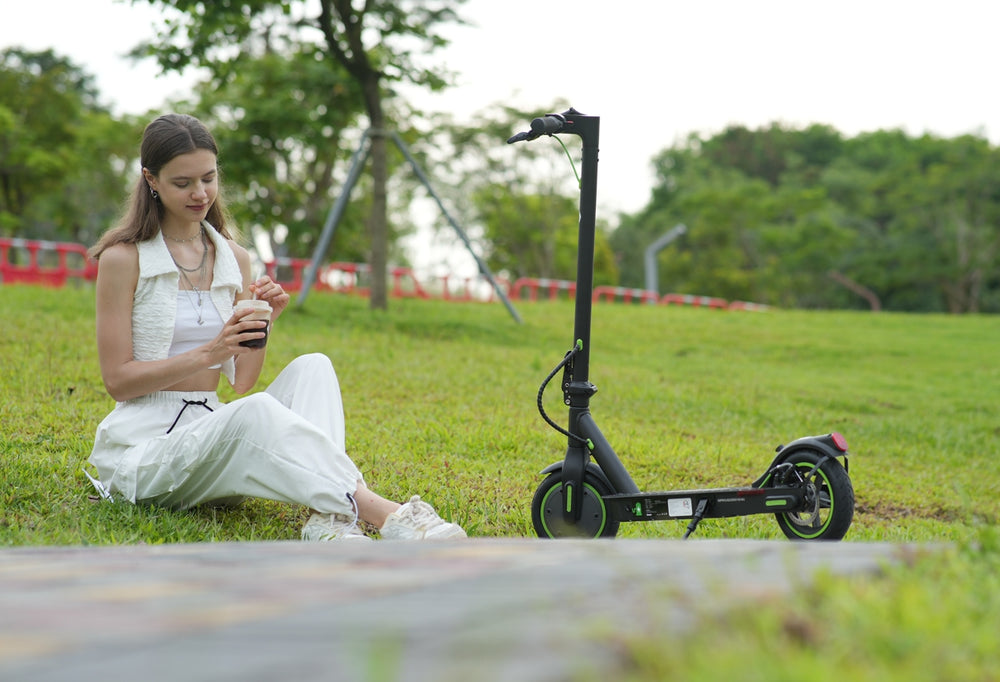
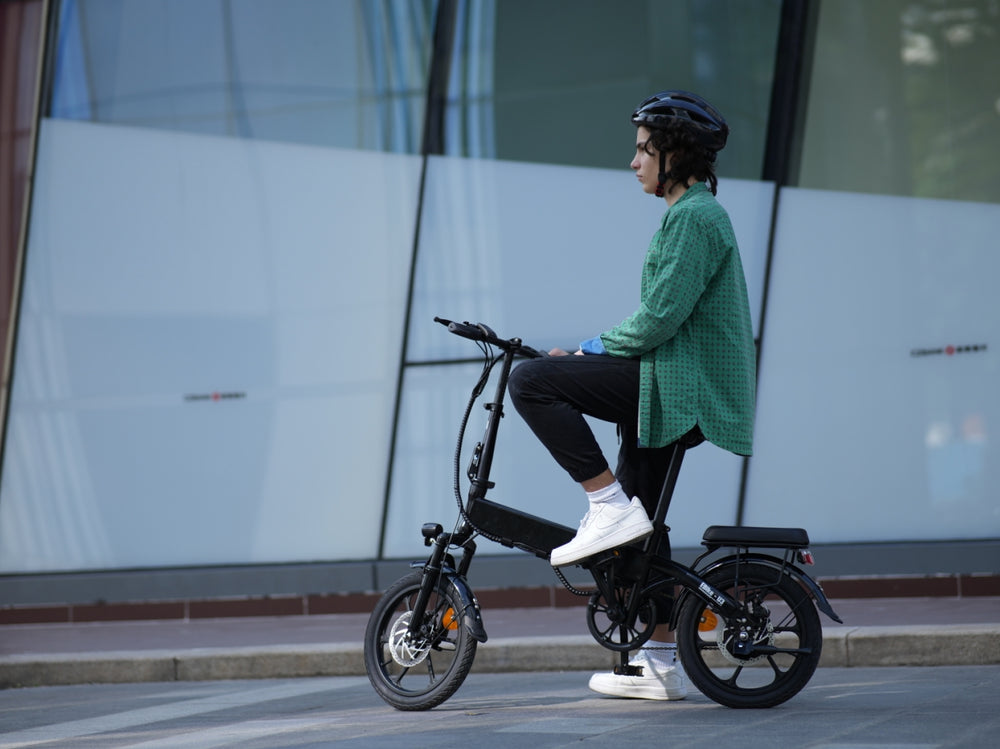
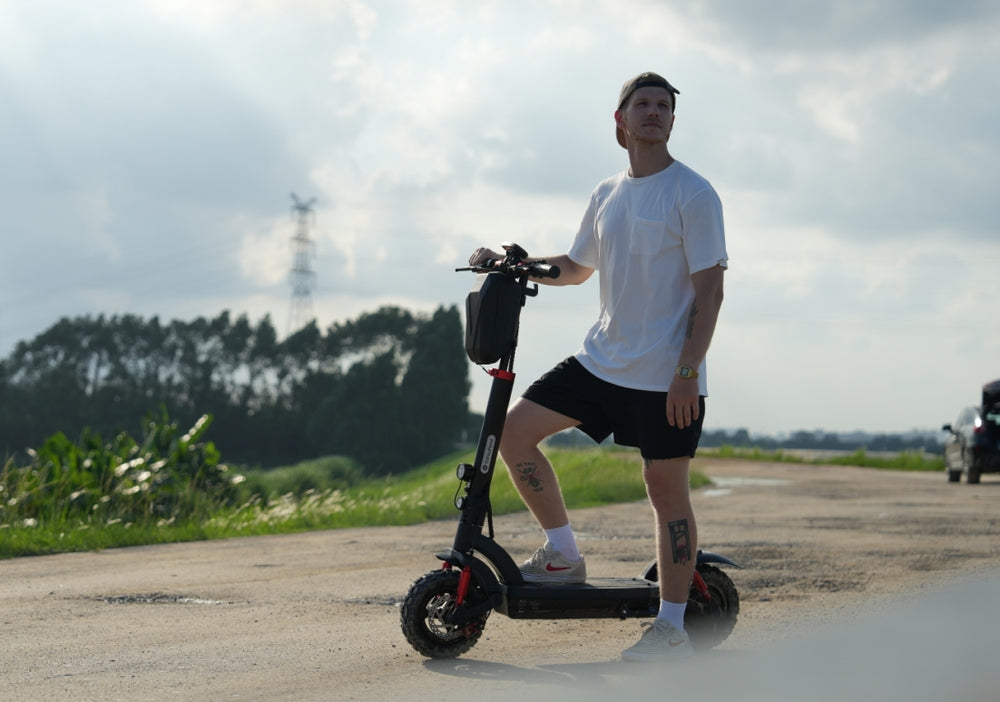
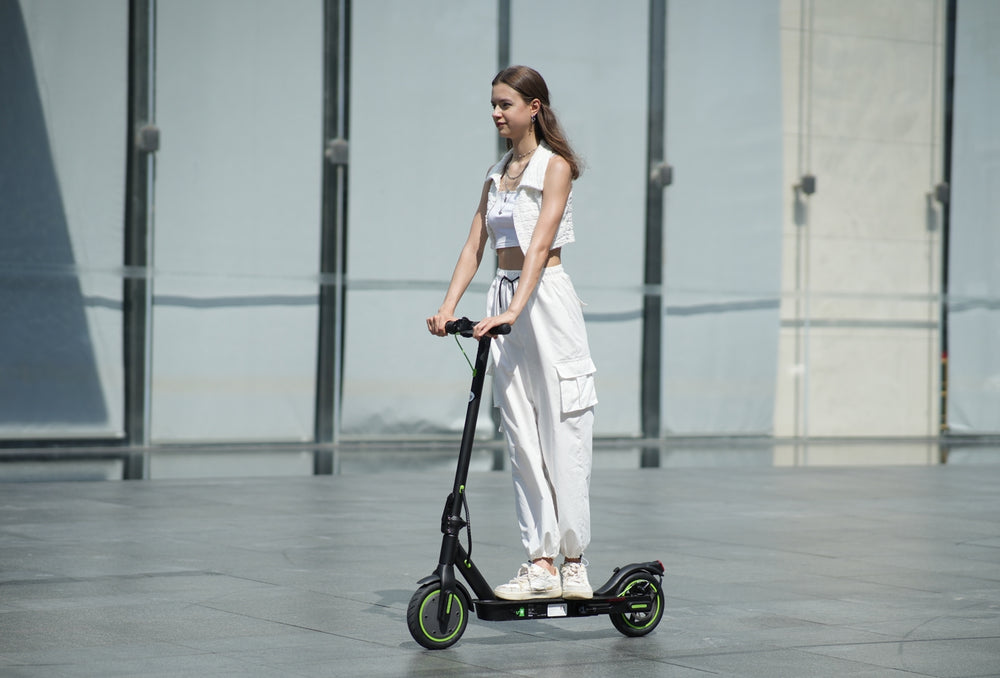
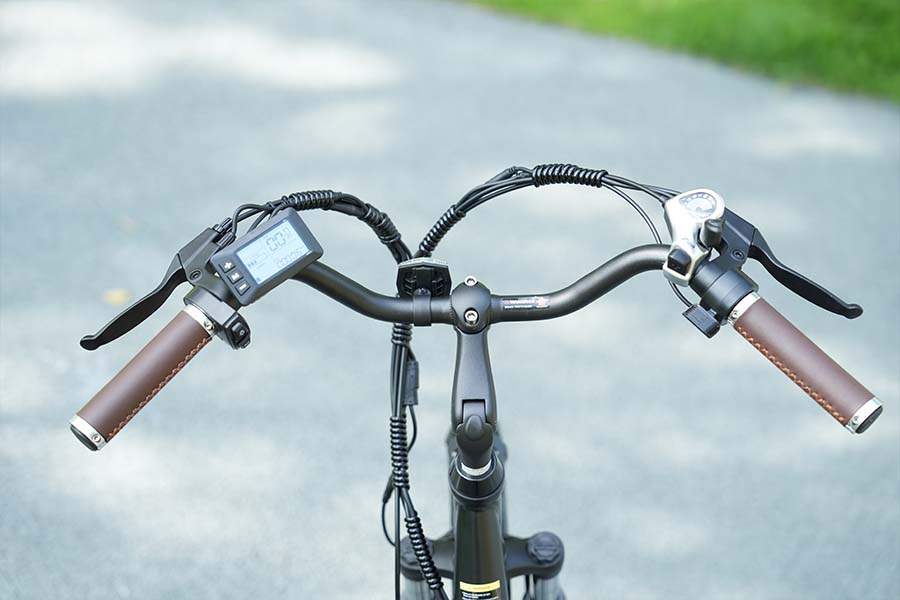
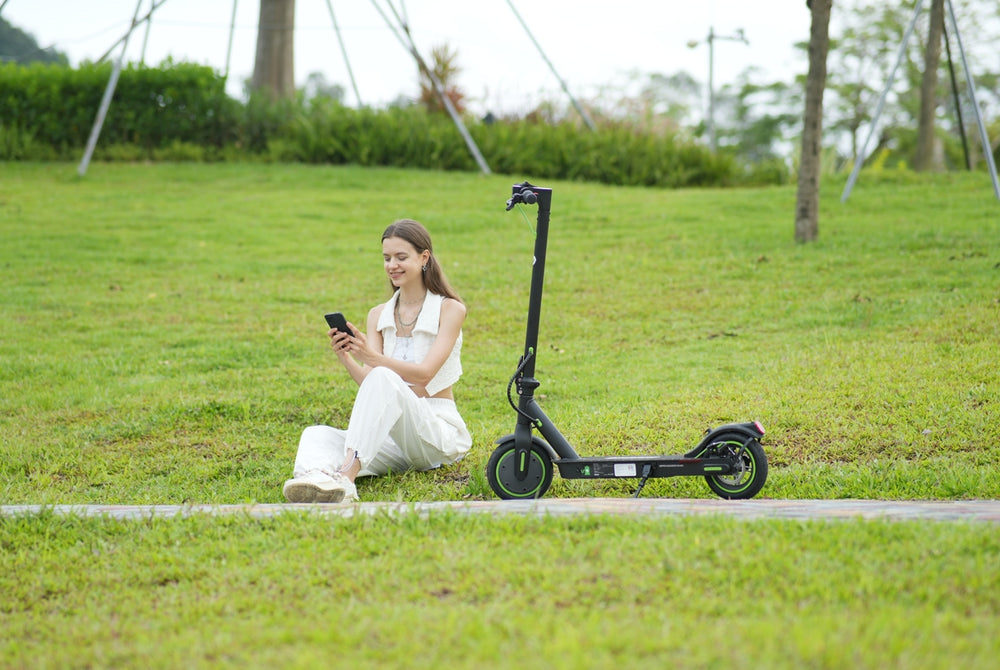
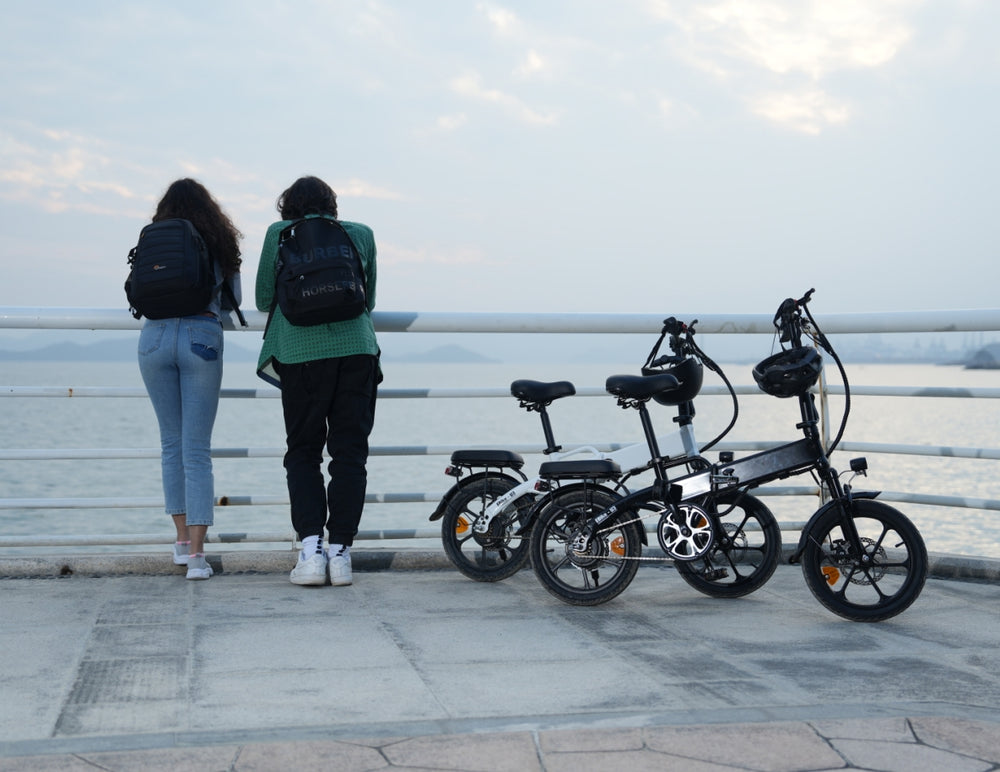
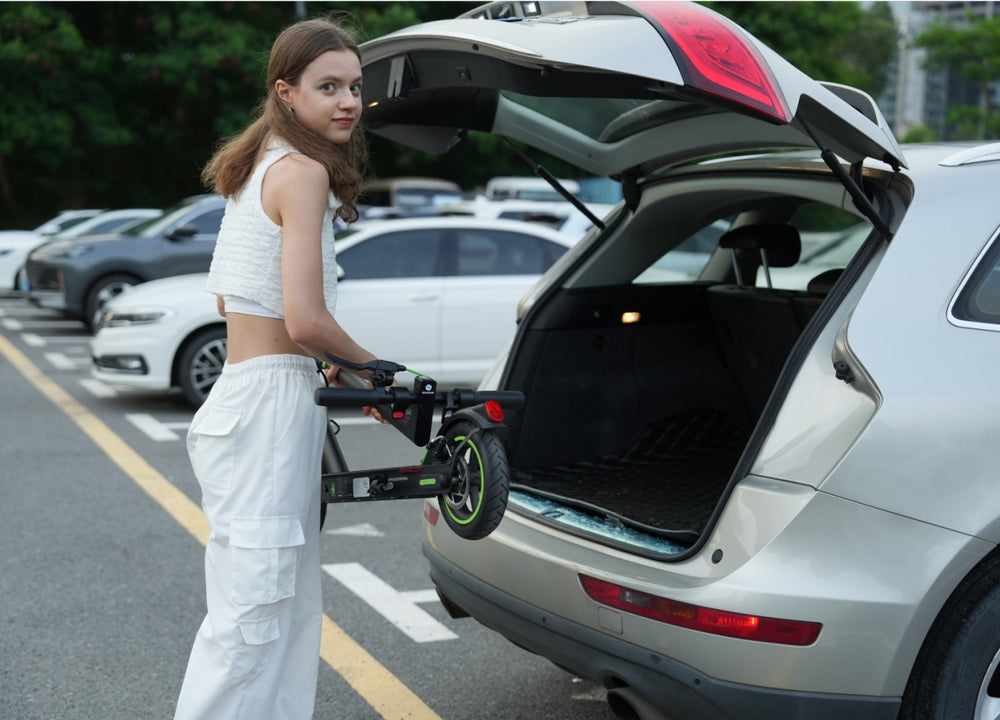
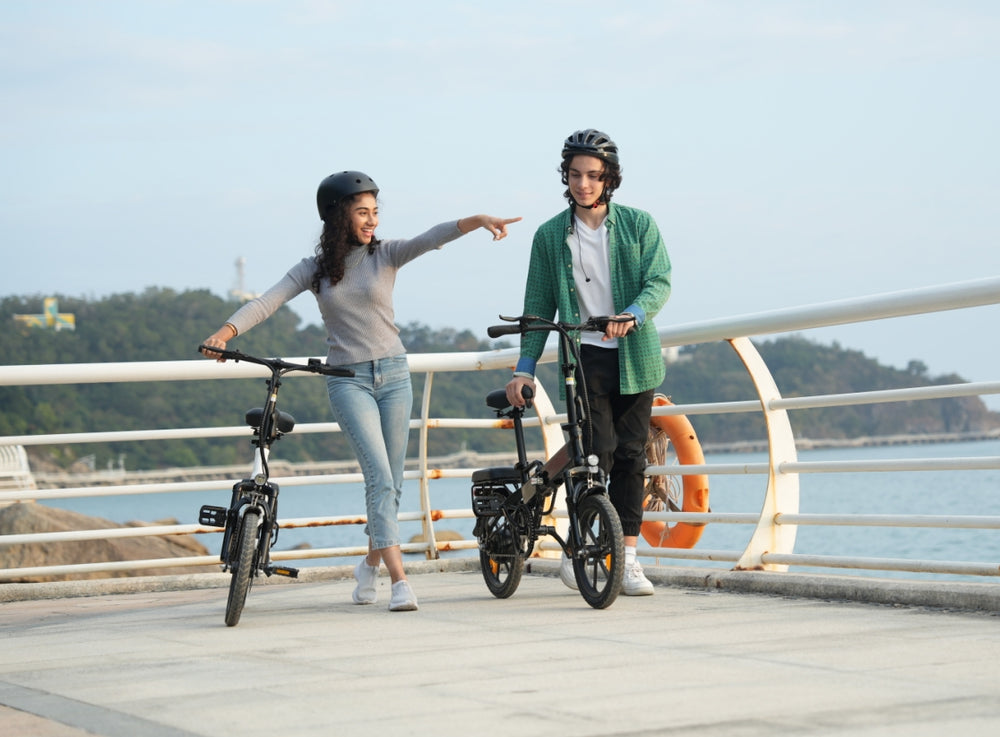

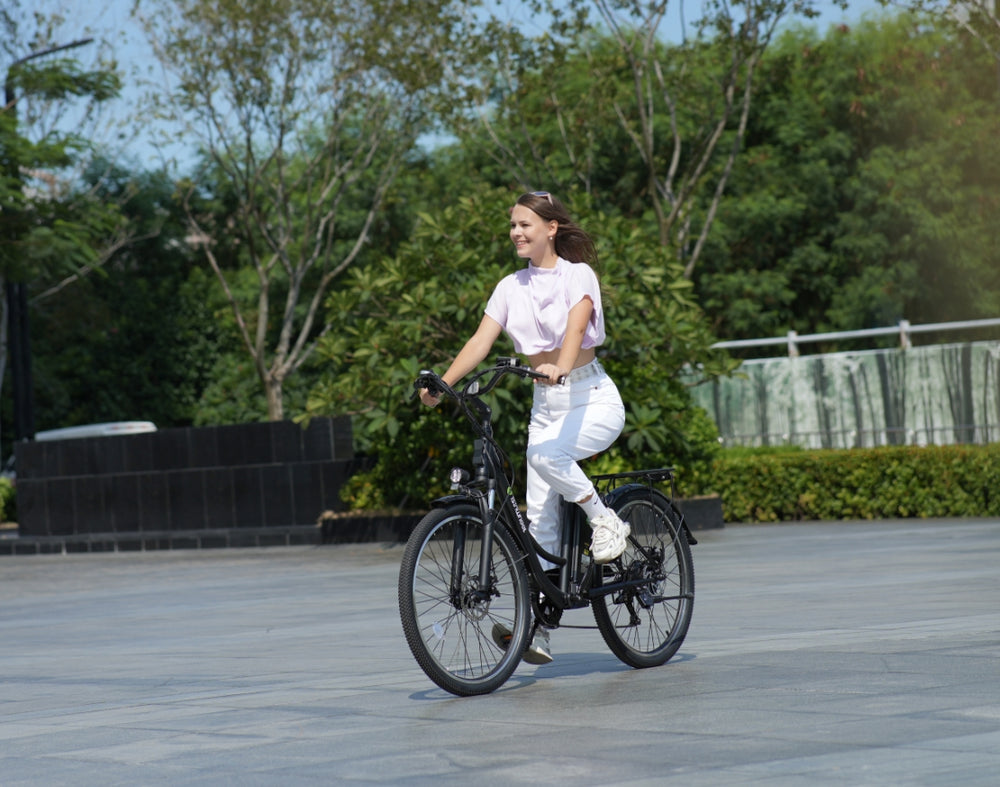

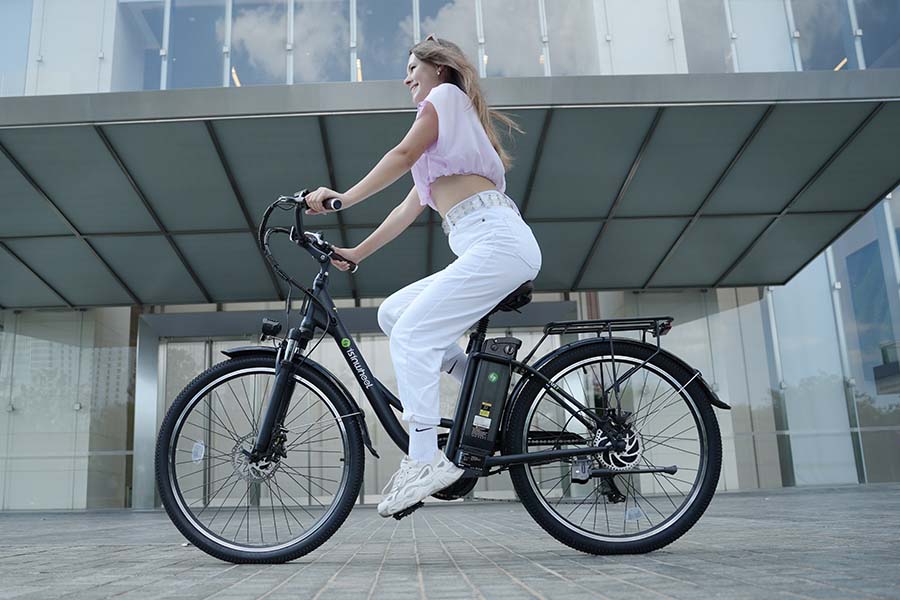
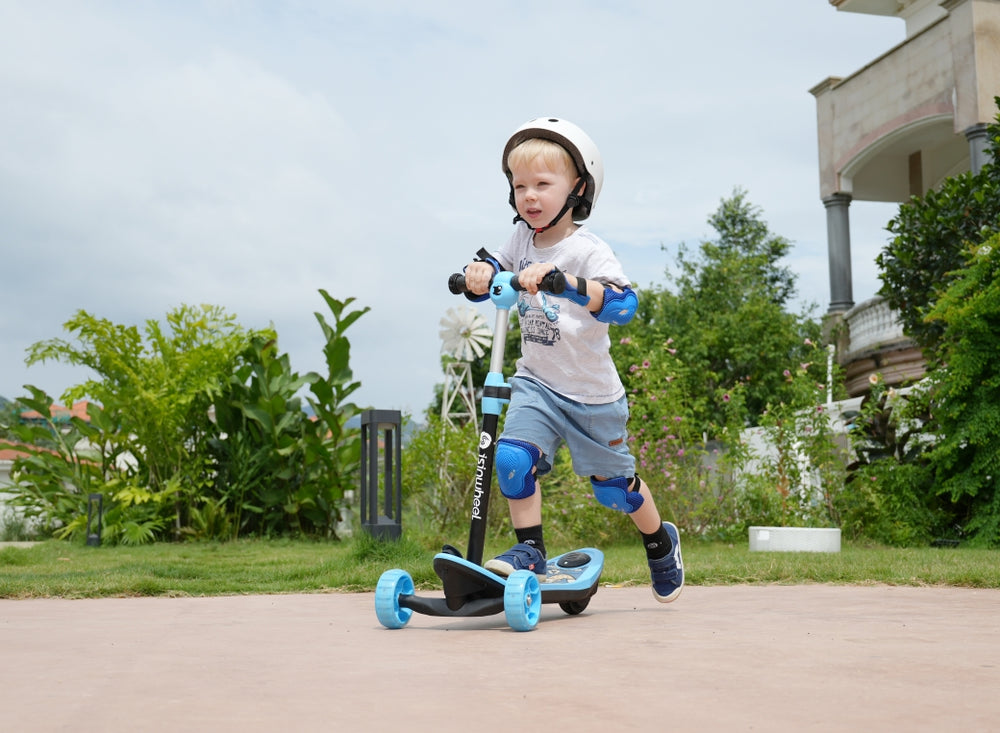
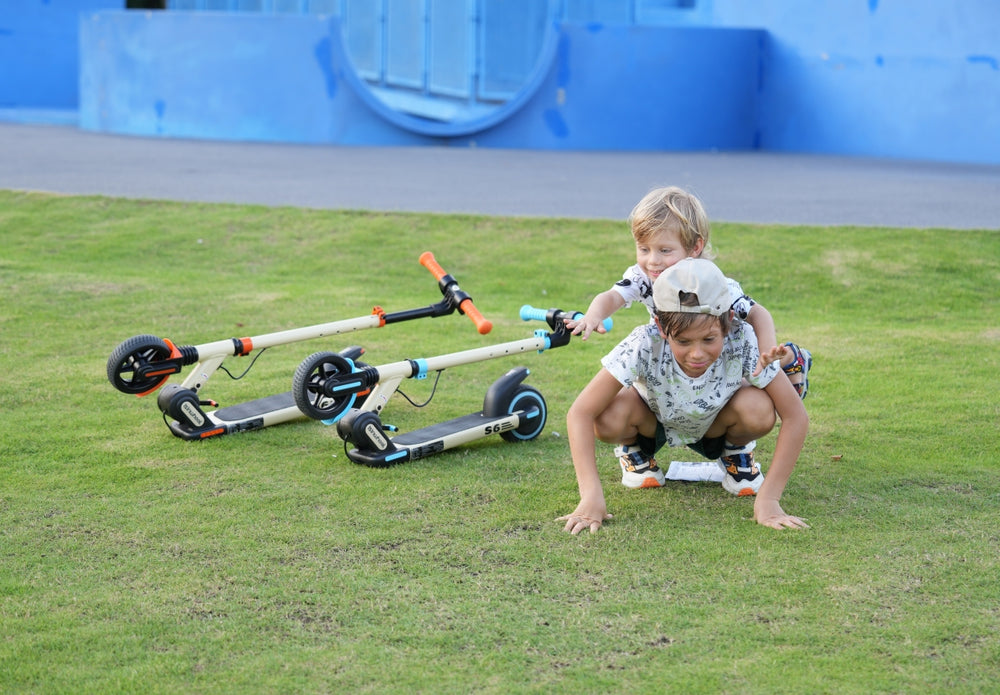
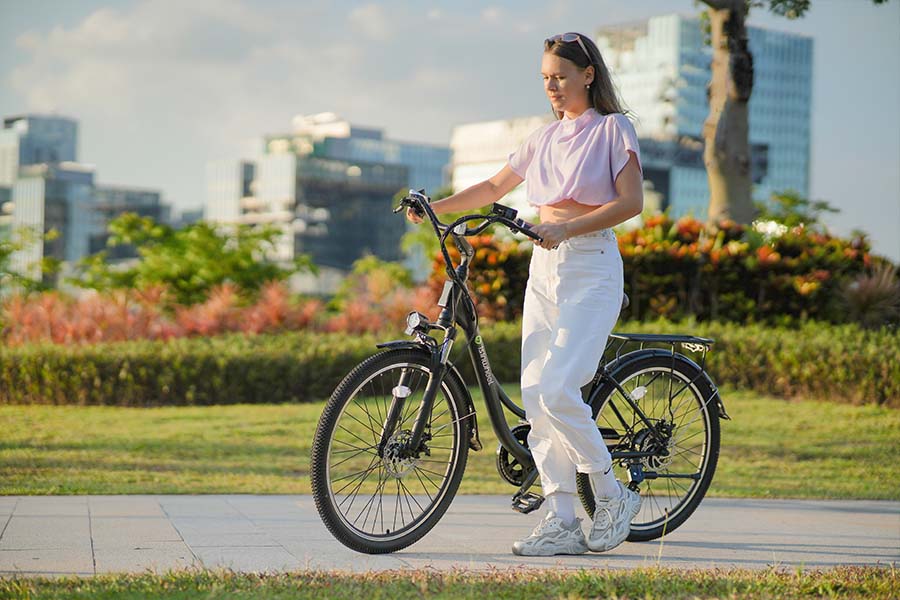
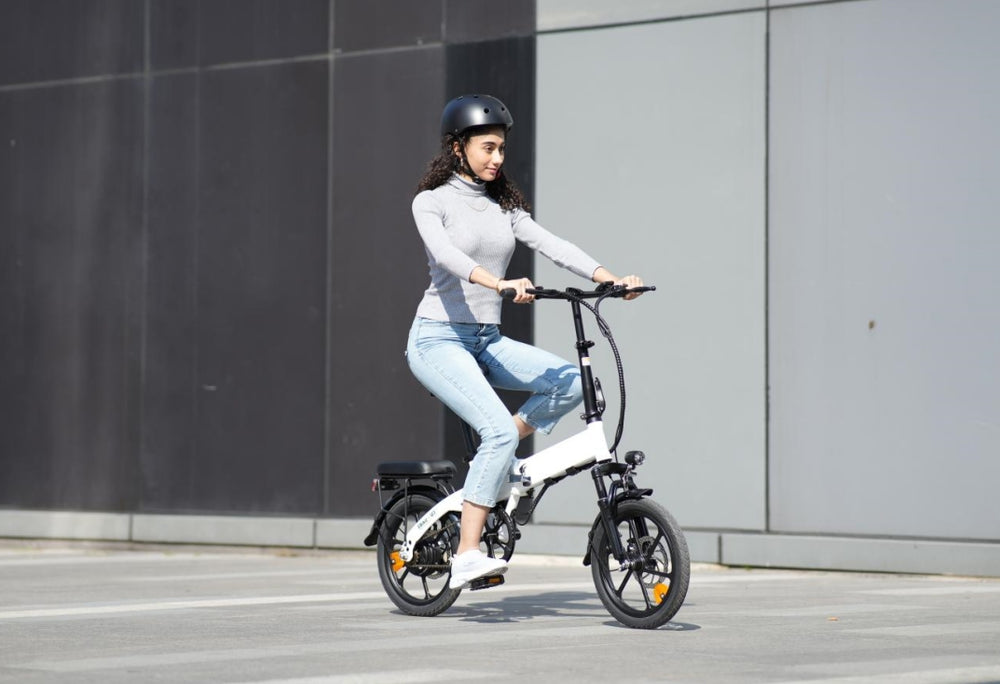
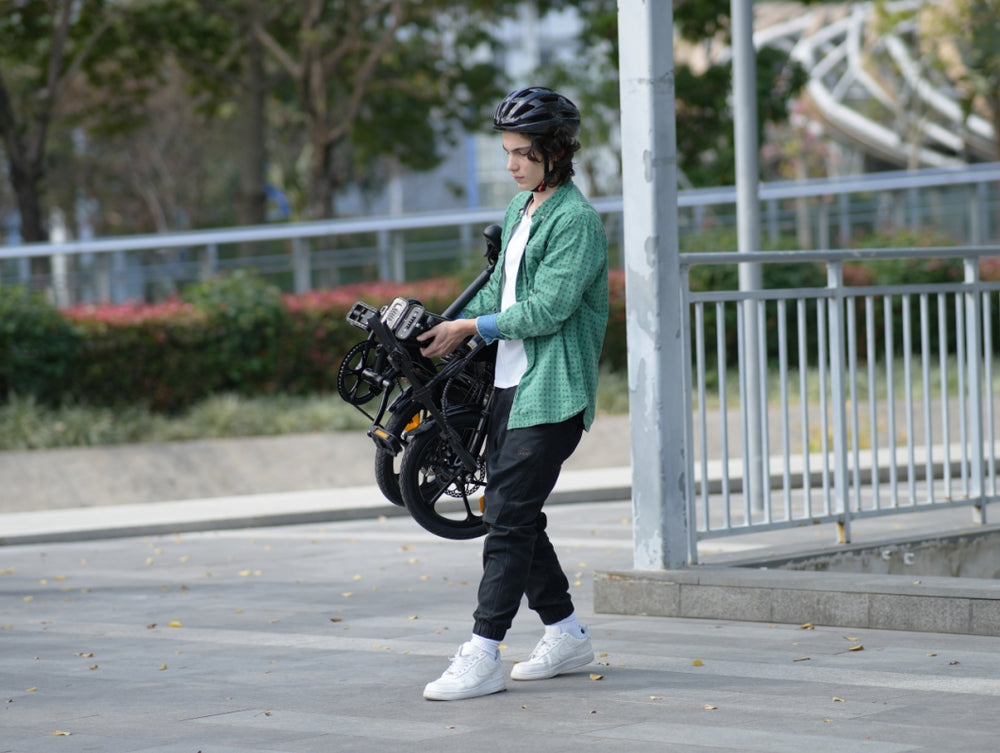
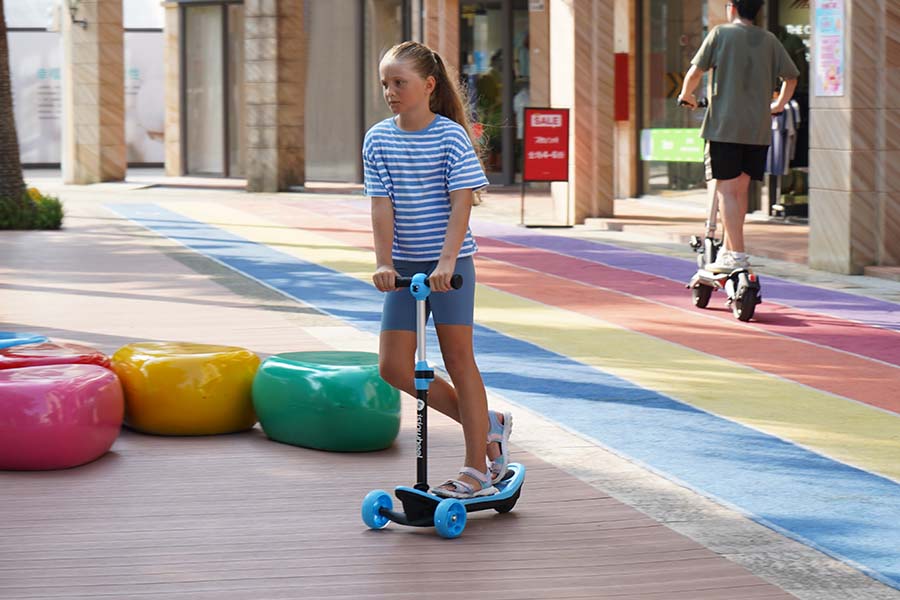

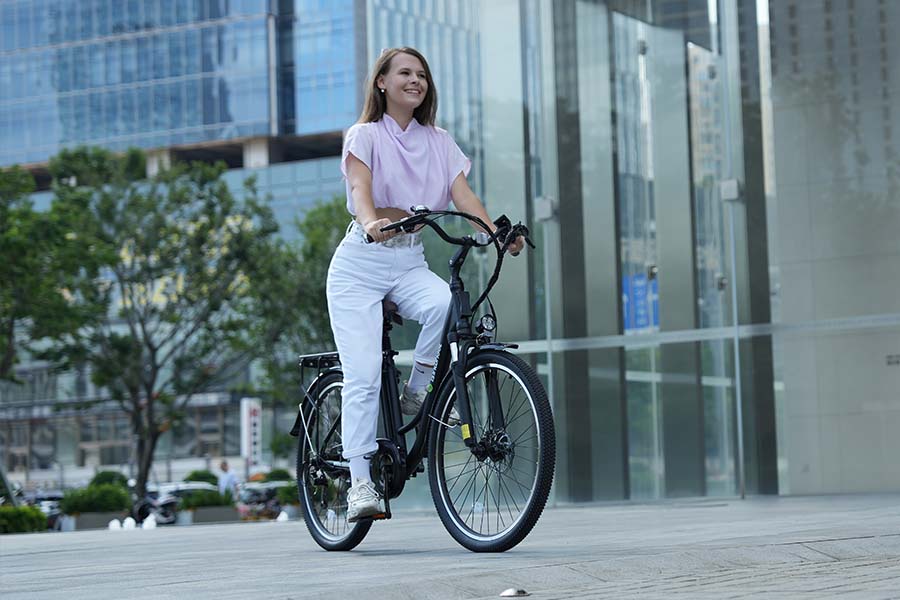

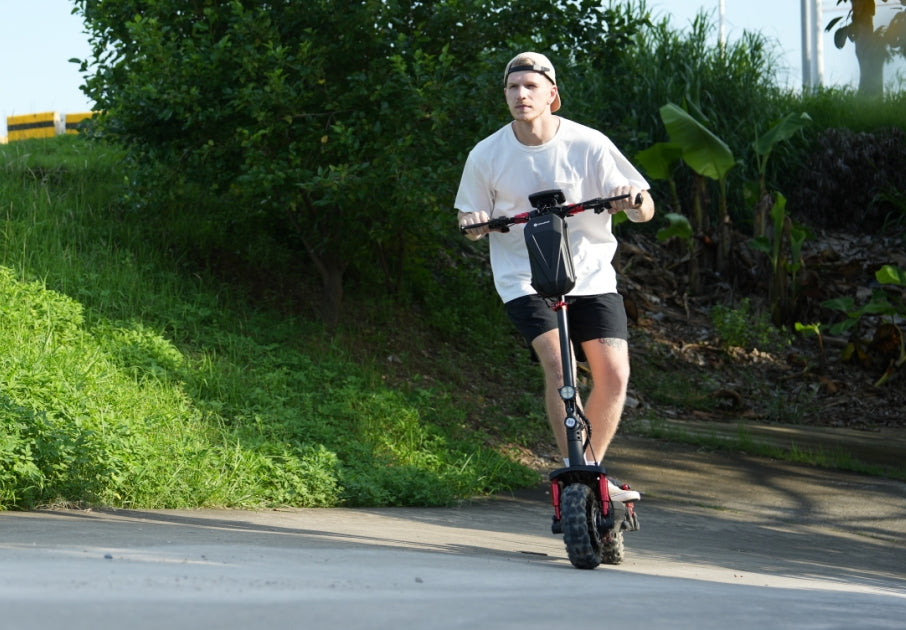

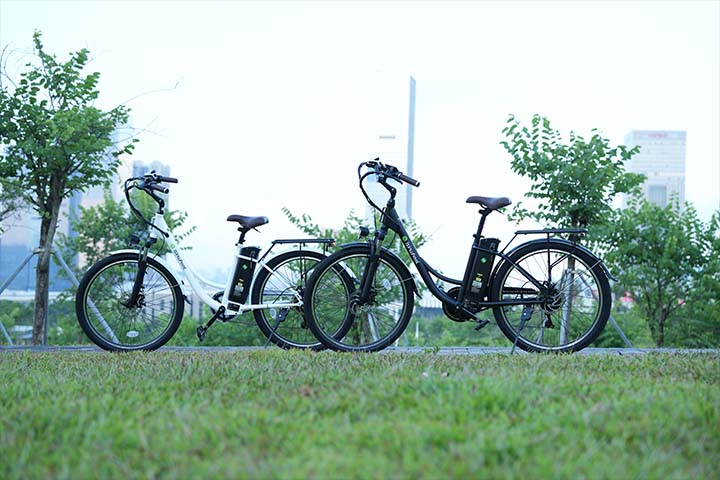

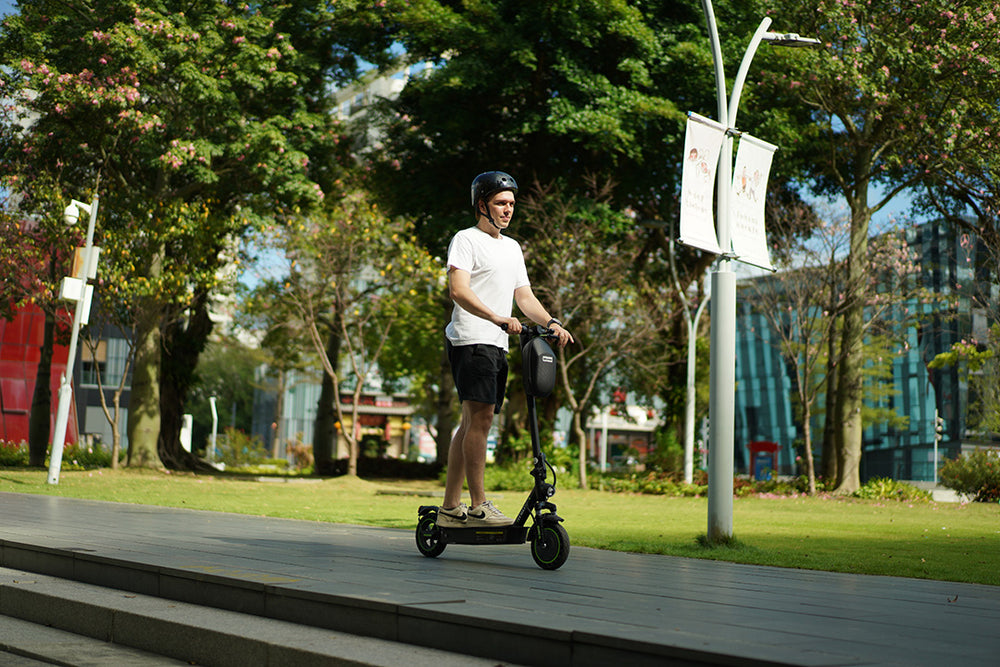
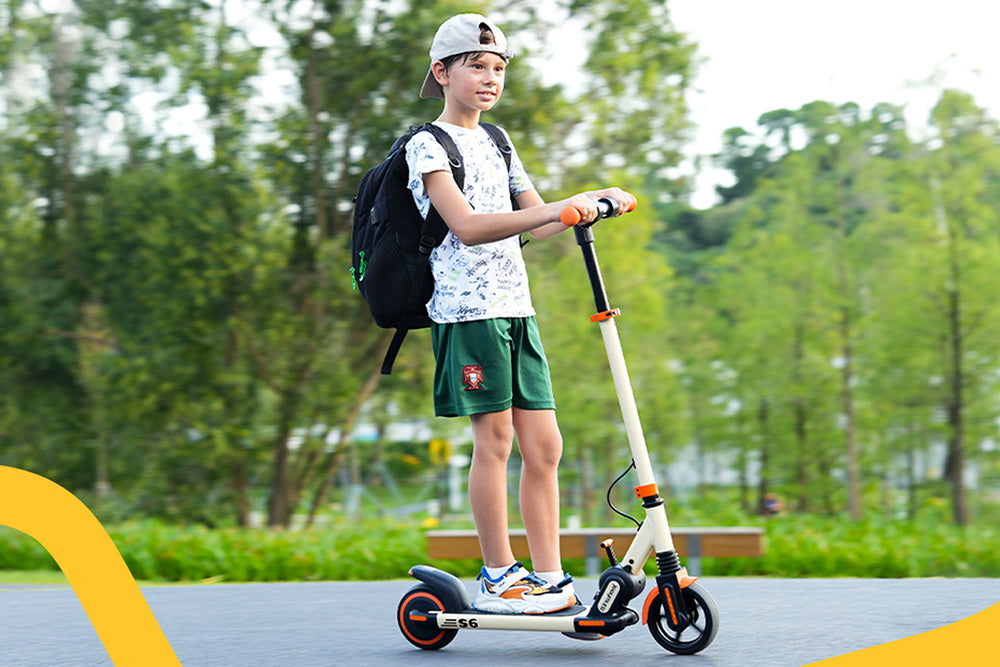
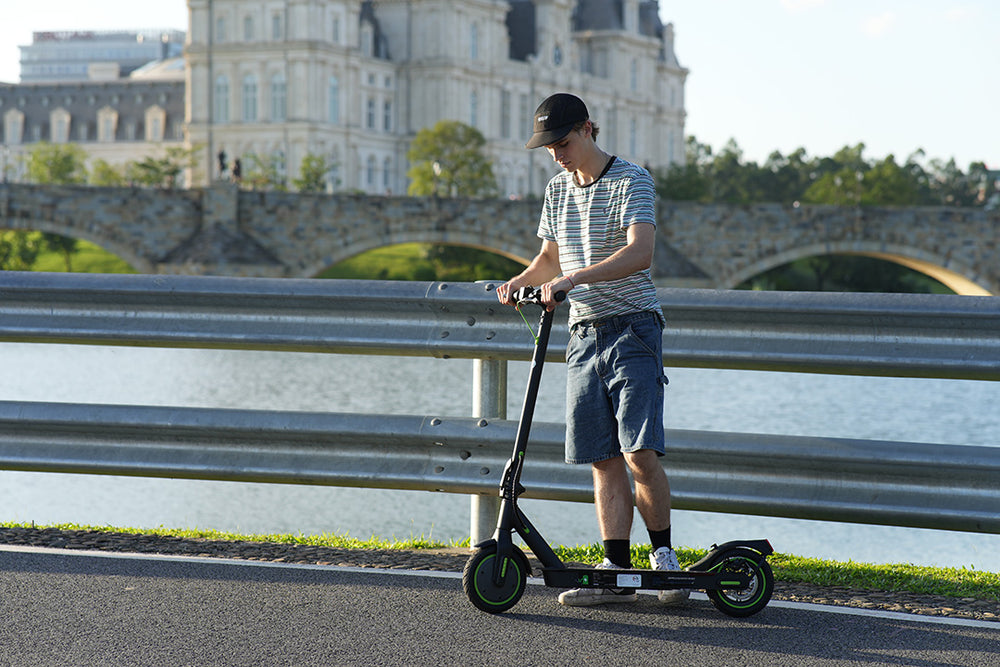
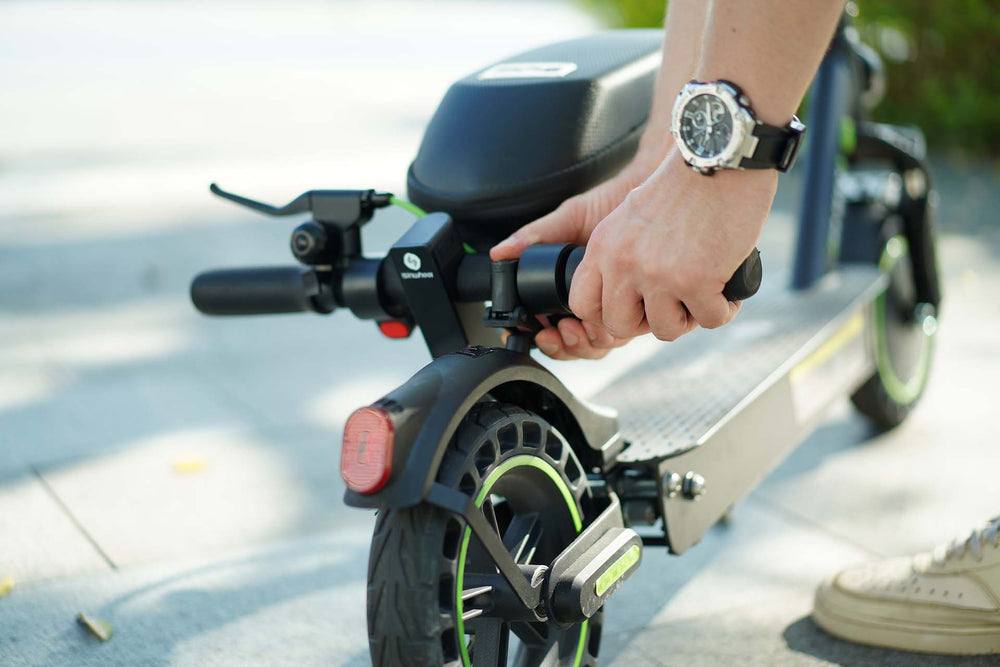





Leave a comment